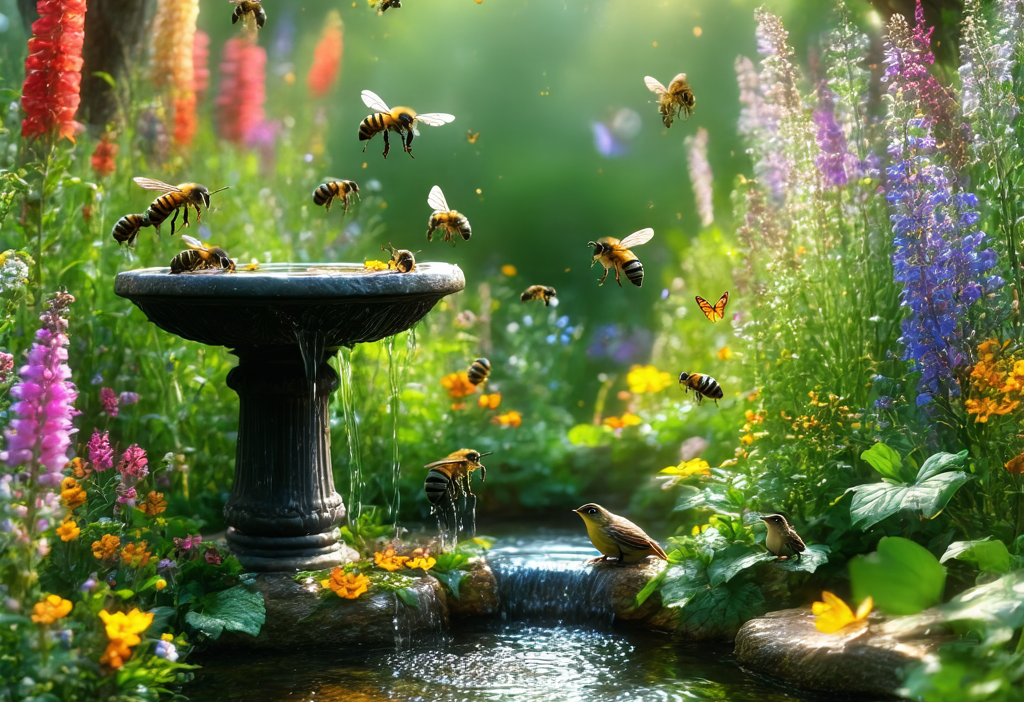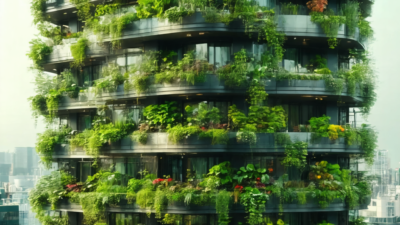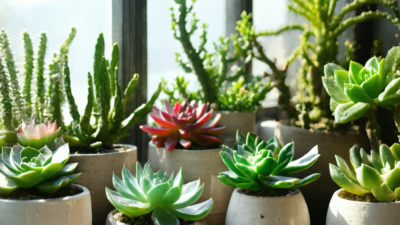Create a Biodiversity-Friendly Garden: Supporting Local Wildlife
Gardening isn’t just about creating a beautiful space; it’s an opportunity to contribute positively to the environment. By designing a biodiversity-friendly garden, you can support local wildlife and promote ecological balance. This guide will walk you through expert tips, plant choices, and sustainable practices that will transform your garden into a haven for wildlife.
Why Biodiversity Matters
Biodiversity is essential for maintaining healthy ecosystems. It ensures pollination, controls pests naturally, and provides habitats for various species. In recent years, urbanization has led to habitat loss, making it crucial for gardeners to step in and create safe spaces for wildlife.
How to Attract Pollinators
Pollinators like bees and butterflies are vital for plant reproduction. Here’s how to attract them:
- Plant native flowers: Choose plants that provide nectar and pollen, such as lavender, sunflowers, and wildflowers.
- Create a variety of heights: Include low-growing plants and taller ones to cater to different pollinators.
- Provide shelter: Add piles of leaves or logs where insects can hide and nest.
Water Sources for Wildlife
A water source is essential for many creatures. Consider adding:
- Bird baths: Keep them clean and filled with fresh water.
- Ponds or small water features: These attract frogs, dragonflies, and other aquatic insects.
- Water dishes for bees: Place shallow dishes with stones in sunny spots for bees to drink from safely.
Sustainable Practices for a Biodiversity-Friendly Garden
Your gardening methods can significantly impact local wildlife. Here are some sustainable practices:
Organic Gardening
Avoid chemical pesticides and fertilizers, as they can harm beneficial insects and pollinators. Instead, opt for organic alternatives or natural predators to control pests.
Composting
Composting provides rich soil and reduces waste. It also attracts earthworms, which aerate the soil and improve its structure.
Biodiversity-Friendly Plant Choices
Selecting the right plants is key to attracting wildlife. Here are some excellent choices:
Flowering Shrubs
- Honeysuckle: Attracts butterflies and bees.
- Buddleia: A magnet for moths and butterflies.
- Dogwood: Provides berries for birds in winter.
Herbs and Vegetables
- Fennel: Attracts ladybugs and swallowtail butterflies.
- Parsley: A favorite of black swallowtail caterpillars.
- Zucchini: Provides shelter for beneficial insects when left to flower.
Creating a Habitat for Birds and Small Mammals
Birds and small mammals need food, water, and shelter. Here’s how to provide these:
- Install bird feeders: Use seed mixes that cater to different species.
- Add nest boxes: Provide safe places for birds to raise their young.
- Plant berry bushes: Supply a natural food source in autumn and winter.
- Create log piles: These provide homes for insects, frogs, and small mammals.
Maintaining Balance in Your Garden
While it’s wonderful to attract wildlife, it’s also important to maintain a balance. Here are some tips:
- Don’t over-clean your garden: Leave dead wood and leaves as they provide habitats for insects.
- Control invasive species: Some plants can outcompete native species, so manage them carefully.
- Use integrated pest management (IPM): Focus on preventing pests rather than reacting to infestations.
The Benefits of a Biodiversity-Friendly Garden
A biodiversity-friendly garden offers many benefits:
- Supports local wildlife: Helps protect species in decline.
- Pollination services: Ensures healthy plant growth and fruit production.
- Educational opportunities: Teaches children and visitors about the importance of biodiversity.
- Stress relief: Being surrounded by nature has proven mental health benefits.
Getting Started: Simple Steps to Create a Biodiversity-Friendly Garden
If you’re new to gardening for biodiversity, start small and gradually expand:
- Add a bird feeder: Begin with this simple step to attract birds.
- Plant a few native flowers: Choose plants that are easy to grow and beneficial to pollinators.
- Create a small pond: Even a shallow dish can make a difference for insects and amphibians.
In Conclusion
Creating a biodiversity-friendly garden is a rewarding way to support local wildlife and contribute to environmental health. By choosing the right plants, providing essential resources like water and shelter, and adopting sustainable practices, you can transform your garden into a thriving ecosystem. Remember, every small action counts, so start today and inspire others to join in the effort to protect our planet’s biodiversity.
For more tips on creating a wildlife-friendly garden, visit RSPB or The Wildlife Trusts.





